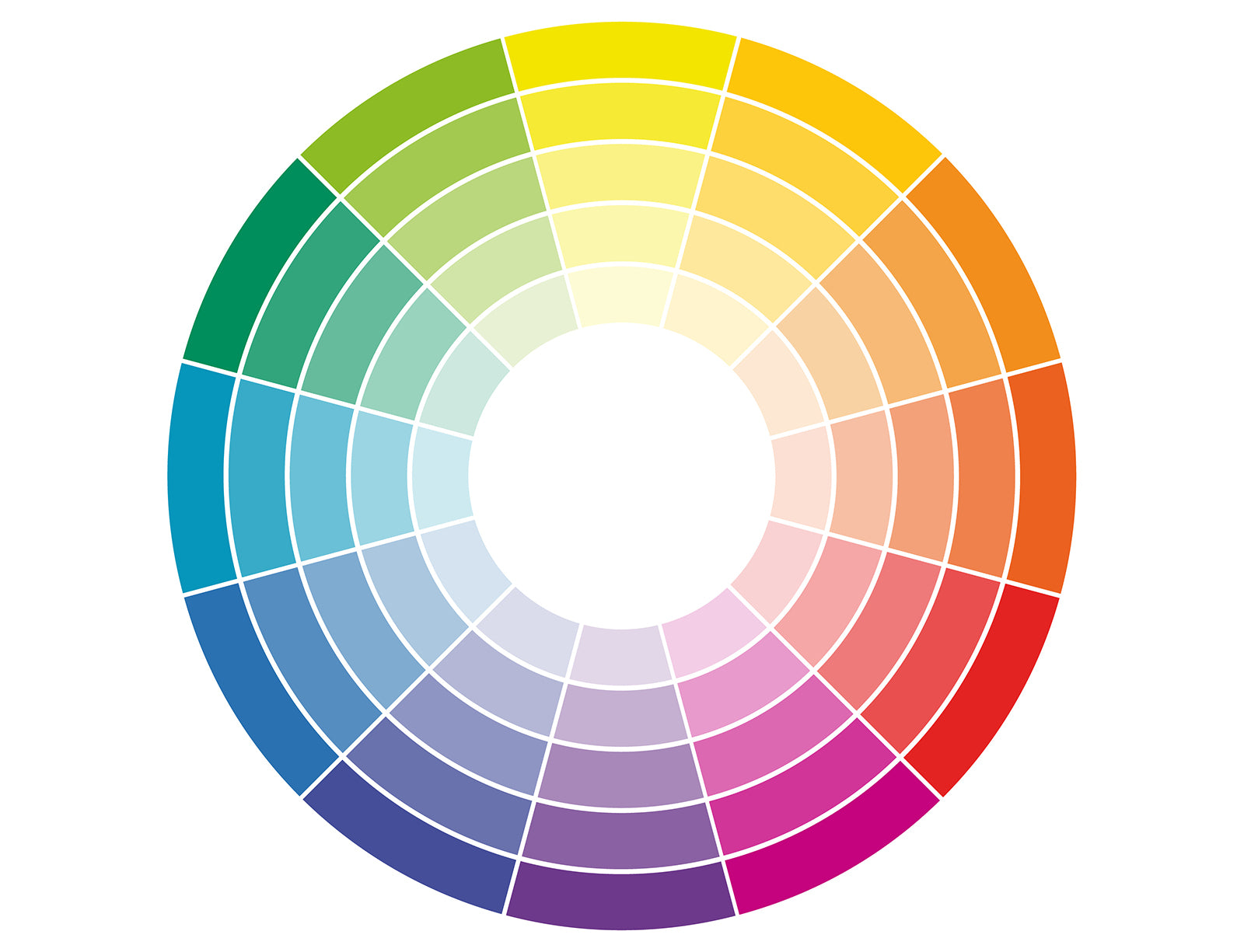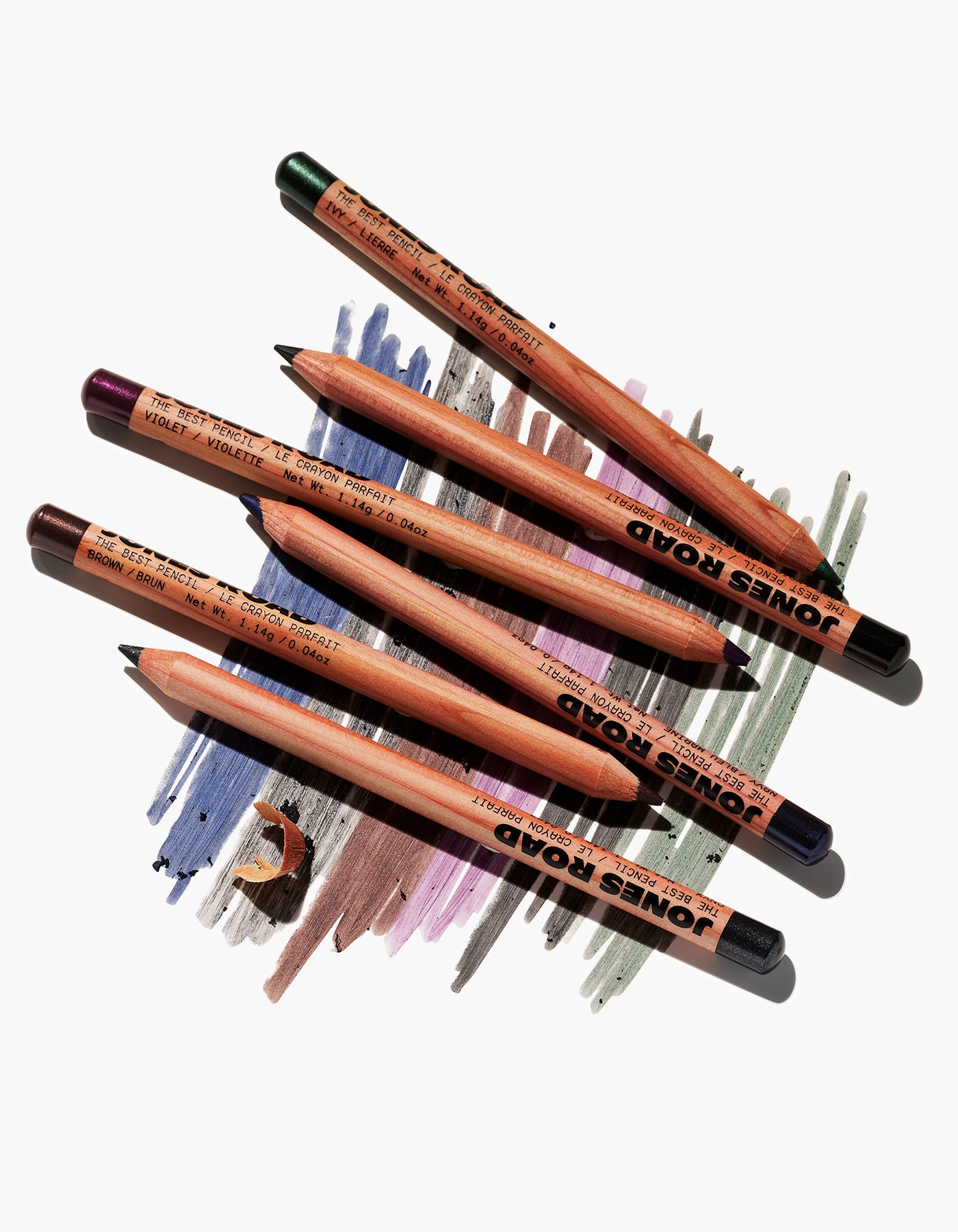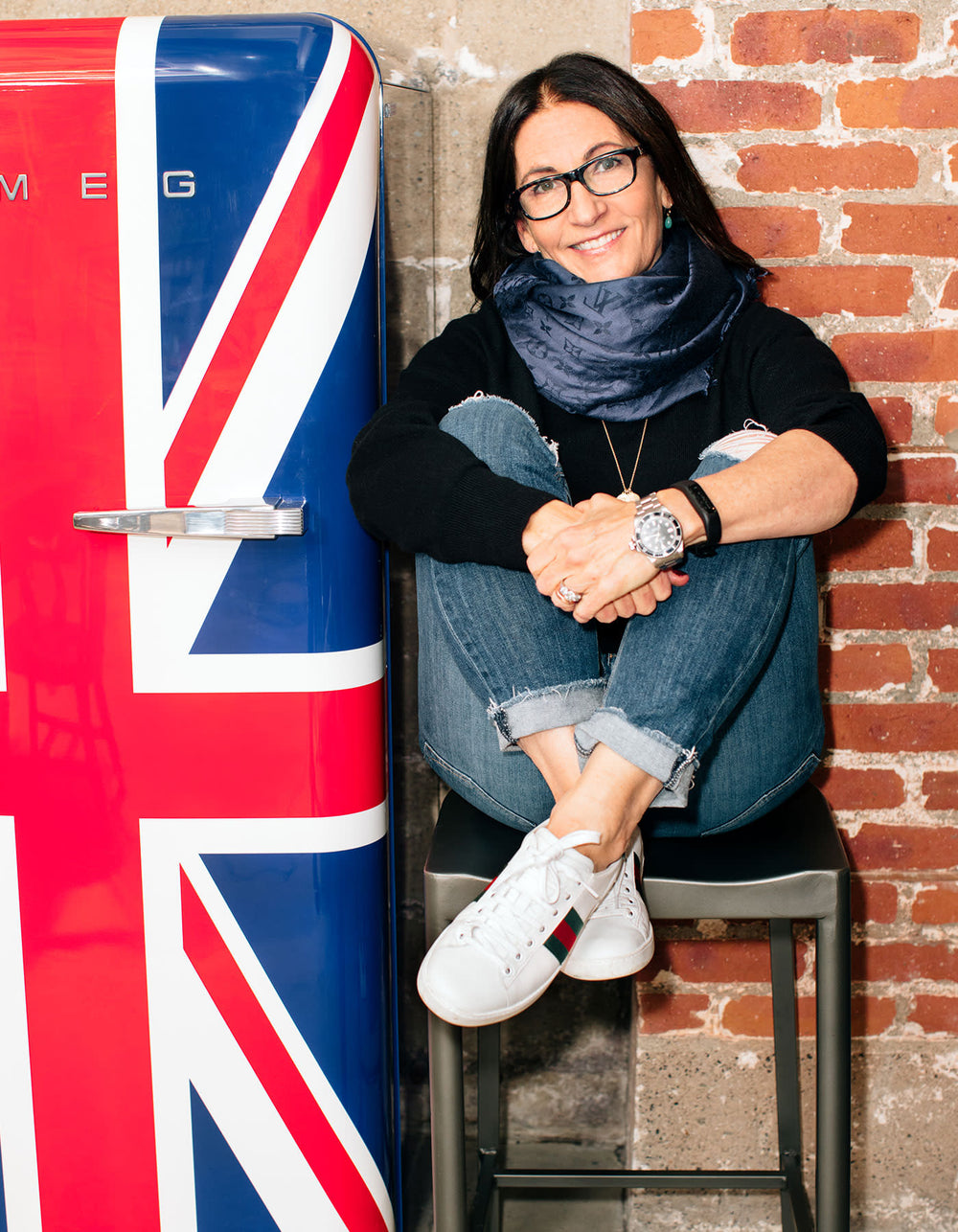Diary / Beauty / Oct 6, 2023
Using the Color Wheel in Your Makeup Routine
Written by: Piper Gray
Photography by: Jon Paterson

Colors can impact how you feel and they influence how you look. Have you ever worn a shade of clothing or makeup that looked great on its own—but come to find out, it stands out (and not in a flattering way) on you? This is likely due to the shade not being a color that complements your skin’s undertones.
If you’re feeling lost and not sure where to even start, the color wheel can help. It offers easy-to-understand assistance so you can choose makeup that goes well with your skin tone and eye color and enhances your natural features. At Jones Road Beauty, we believe that the most important thing is to find makeup that makes you feel like you, confident and comfortable—and getting guidance from the color wheel is a great place to start.
Read on to learn, first, what the color wheel is and then how to use it in your makeup routine.

Understanding the Color Wheel
The color wheel is a tool that displays the spectrum of colors in different gradations and shows how they relate to each other. It’s commonly used to assist with picking out paint colors or with other elements of design.
First up, the color wheel is composed of color sections arranged in a circle. Primary colors (red, blue, yellow), secondary colors (green, purple, orange), and tertiary colors (a mix of primary and secondary colors) are arranged in order according to the rainbow.
Understanding the relationships between colors and how they affect emotions and visuals is the basis of color theory, which, along with the color wheel, will help you figure out combinations of colors that work well together, particularly in relation to your skin tone and eye color.
Complementary Colors
On the color wheel, red is across from green, yellow sits across from purple, and blue is across from orange. These are the direct complementary colors, and when paired together, they can create a striking contrast to make your features pop.
Using this same framework can also be applied to canceling out colors. When applying complementary shades on top of each other, you can neutralize areas of concern. You’ve likely heard about using green concealer to take care of redness, and you can also cover purplish areas of hyperpigmentation with a peachy shade of our Face Pencil.
Monochromatic Colors
Monochromatic colors are variations of the same color, like light, medium, and dark pink. Using monochromatic colors in your makeup routine can create a subtle and sophisticated look that is perfect for everyday wear. Wearing a range of pink shades on your cheeks, lips, and eyes can create a fresh and youthful look.
Give your lips the perfect pink with our Lip Tint, an easy-to-apply moisturizing lip color in a range of pinks. We also have a perfect shade of pink to tap across your lids for the ultimate bright eyes—Just a Sec in Baby Pink.
Analogous Colors
Another way to use the color wheel is to choose analogous colors. Analogous colors are next to each other on the color wheel. When used together, these colors create a harmonious and cohesive look that is pleasing to the eye.
For example, if you have brown eyes, wearing a mix of brownish eyeshadows can enhance the natural color of your eyes.
Choosing the Right Colors for Your Skin Tone
While the color wheel can be a helpful tool for choosing makeup colors, it’s also important to consider your skin tone when selecting shades. You’ll commonly see shades classified as warm, cool, or neutral.
Knowing which tone to choose can save your makeup from looking gray or orange on your face. Warm skin tones have peachy or golden undertones. If you lean towards gold jewelry and have greenish-colored veins on the underside of your arms, you likely have warm undertones.
If you have warm skin, reach for golds, bronzes, and corals in your makeup routine. Cooler shades like blue and purple can cause your skin to look grayish or sallow.
Cool skin tones have pinkish or red undertones. (Pro tips: You may feel best in silver jewelry, and when you flip your arm over, your veins take on a more blue color.) If you have cool skin, go for shades with a pink, blue, or purple base and silvery shimmers.
Neutral skin tones have a mix of both warm and cool undertones. Your jewelry box may have a mix of silver and gold jewelry, and you may find it hard to discern what color your veins are when you flip your arm over. If you have a neutral skin tone, you can experiment with various colors to find the ones that work best for you.
Your foundation is one of the most important makeup products that rely on an understanding of warm, cool, and neutral. When you have the right undertone with your foundation, your complexion will be flawless, and the rest of your makeup will look fantastic.
Find your perfect shade of What the Foundation by answering a few quick questions. Your skin will be even and moisturized in no time.

Using the Color Wheel In Eye Makeup
One of the best ways for everyone to incorporate the color wheel and color theory is with your eyes. No matter what colors you choose, blend your eyeshadows well. Use eyeliner, like our Best Pencil, and The Mascara to define your eyes and make them pop even more.
Blue Eyes: Blue eyes are complemented by warm colors that have brown and golden shimmers.
Brown Eyes: Brown eyes are versatile and can wear just about any colored eyeshadow. Opt for golden shades and grays to bring out brown eyes. Violet eyeliner will also add a subtle boost.
Green Eyes: Warm colors with golden shimmers complement and make green eyes stand out. A violet eyeliner or shadow can also heighten your eye makeup look.
Hazel Eyes: If you have hazel eyes, you can enjoy the perks of having green and brown eyes. Reach for shades that include golden shimmers. Use The Pencil in shades like Ivy and Violet as eyeliner to further add definition to your look.
Create a Bold Lip Look With the Color Wheel
Another way to incorporate the color wheel and color theory into your makeup routine is by creating a bold lip look. But first, consider the color of your skin, outfit, and the occasion.
If you have warm undertones, warmer shades containing oranges, corals, and reds will give your look a lift. If you have cool undertones, lean into pinks, berries, and plums. If you have neutral undertones, experiment with any shade to see what looks best on you.
Our Lip and Cheek Stick has the perfect variety of shades that will best complement your skin tone, whether you are cool, warm, or neutral. Its formula is easily buildable, so you can layer on as much as you like for additional boldness.
Color Theory Is Easy to Embrace
Using the color wheel and color theory in makeup can be a fun way to experiment with different colors. You can create stunning makeup looks or enhance your natural, everyday look.
Use the ideas to help pick the right shade of foundation and to create eye and lip looks that can be bold or just bring out your best features. Either way, your look will be cohesive and harmonious.
















































 Miracle Balm
Miracle Balm
 Just Enough Tinted Moisturizer
Just Enough Tinted Moisturizer
 What The Foundation
What The Foundation












